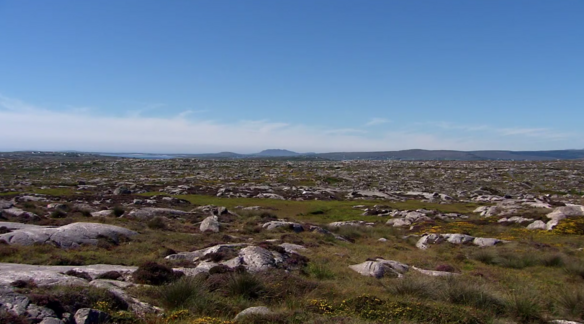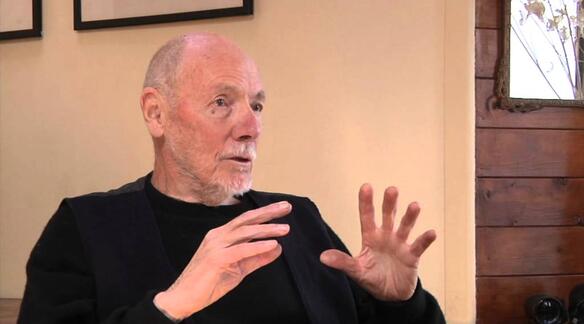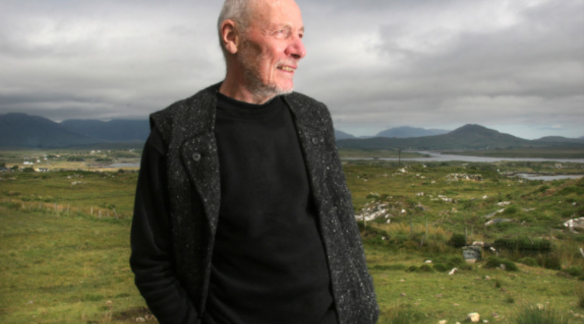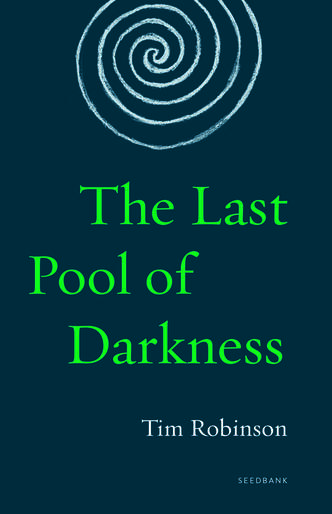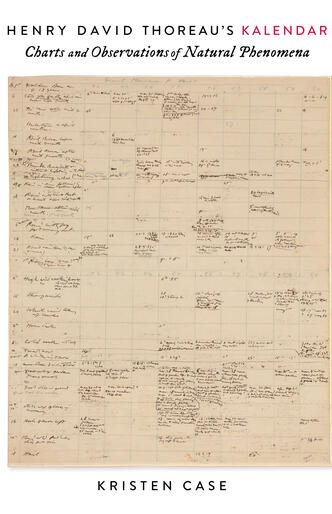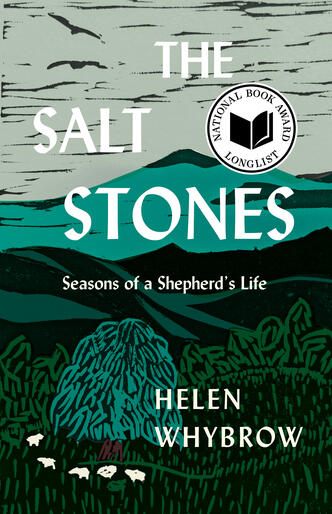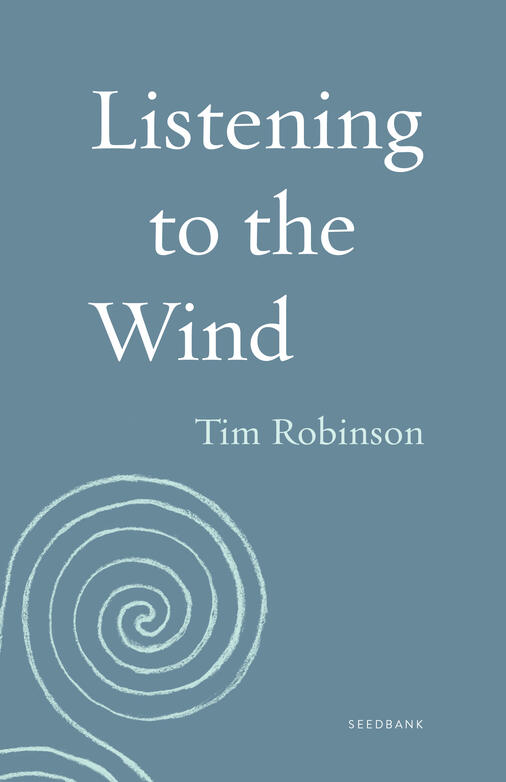
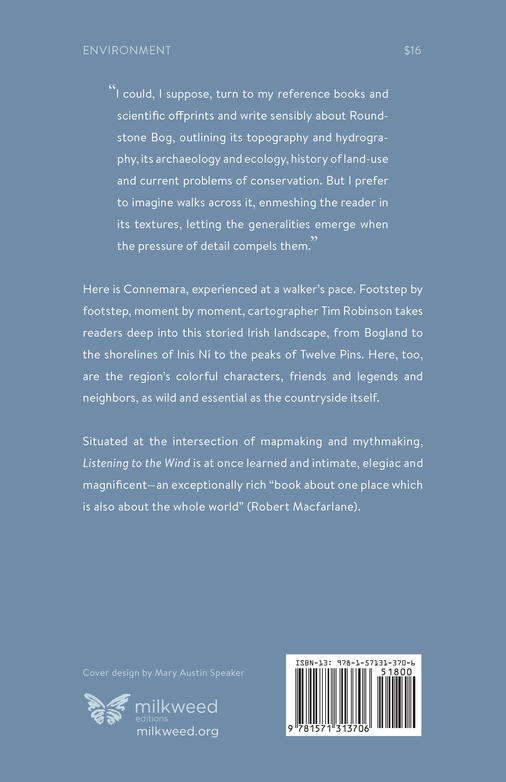
Listening to the Wind
Here is Connemara, experienced at a walker’s pace. From cartographer Tim Robinson comes the second title in the Seedbank series, a breathtakingly intimate exploration of one beloved place’s geography, ecology, and history.
We begin with the earth right in front of his boots, as Robinson unveils swaths of fiontarnach—fall leaf decay. We peer from the edge of the cliff where Robinson’s house stands on rickety stilts. We closely examine an overgrown patch of heather, a flush of sphagnum moss. And so, footstep by footstep, moment by moment, Robinson takes readers deep into this storied Irish landscape, from the “quibbling, contentious terrain” of Bogland to the shorelines of Inis Ní to the towering peaks of Twelve Pins.
Just as wild and essential as the countryside itself are its colorful characters, friends and legends and neighbors alike: a skeletal, story-filled sheep farmer; an engineer who builds bridges, both physical and metaphorical; a playboy prince and cricket champion; and an enterprising botanist who meets an unexpected demise. Within a landscape lie all other things, and Robinson rejoices in the universal magic of becoming one with such a place, joining with “[t]he sound of the past, the language we breathe, and our frontage onto the natural world.”
Situated at the intersection of mapmaking and mythmaking, Listening to the Wind is at once learned and intimate, elegiac and magnificent—an exceptionally rich “book about one place which is also about the whole world” (Robert Macfarlane).
